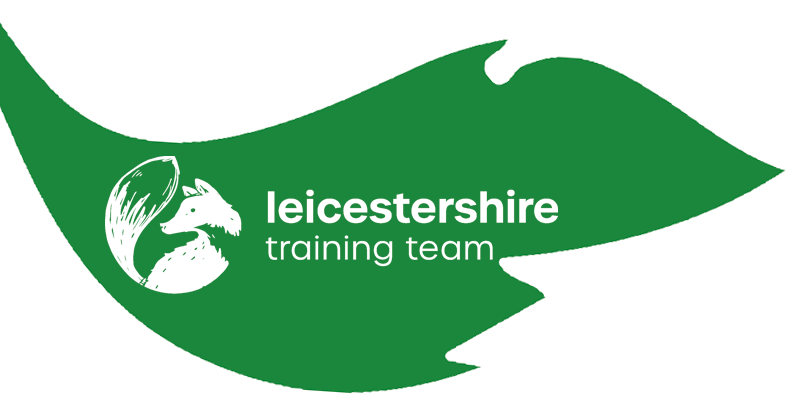Which First Aid Course Do I Need As A Care Provider
Posted on 22nd January 2024
Finding the right first aid training course for your company is crucial to ensure you're not only operating legally but you're also not wasting your money and your staff's time & effort.
To help you decide which first aid course is right for you, were going to look at the two types of first aid course you might need, what they include and which one would be best for your company, whether you're a residential home, nursing home, learning disability home, domiciliary care provider or a nursing agency. We're also covering if you can do your first aid training online, how long the courses last and the range of costs.
Lets get straight to it!
What Do I Need To Have In Place?
Lets start with why do need first aiders in the first place. The Health and Safety (First-Aid) Regulations 1981 requires you to provide adequate and appropriate first-aid equipment, facilities and trained people so your employees can be given immediate help if they are injured or taken ill at work.
The minimum first-aid provision on any work site is:
A suitably stocked first-aid kit
An appointed person to take charge of first-aid arrangements
Information for employees about first-aid arrangements
Lets now look at the two courses that you might need, the Emergency First Aid course and the First Aid at Work Course.
The First Aid at Work Course
• A 3-Day course which lasts at least 18 hours & needs to be three days long to qualify as a first aid course,
• Covers the main topics including CPR & defib, choking, burns/bleeds and fractures, head/neck & spinal injuries, unconsciousness & the recovery position & seizures, but also cover specific conditions such as diabetes, strokes, panic attacks, heat exhasion, hypothermia,
• The certificate lasts 3yrs, however the HSE strongly recommends that first-aiders undertake annual refresher training, over half a day, during any three-year certification period; this is not mandatory though.
• Ultimately, its designed to equip the first-aider to apply first aid to a range of specific injuries and illnesses.
• The First Aid at Work course does have a re-qualification option, which the EFA course does not. This re-qualification course is 2-days lasting a minimum of 12 hours to qualify as a re-qualification first aid course
An Emergency First Aid Course
In contrast, the first aid at work course covers much more detail, however isn't 'more' of a qualification than the emergency first aid course.
An emergency first aid course consists of:
• A 1-Day course which lasts at least 6 hours to qualify as a first aid course,
• Covers the main topics including CPR & defib, choking, burns/bleeds and fractures, head/neck & spinal injuries, unconsciousness & the recovery position & seizures,
• The certificate lasts 3yrs, however the HSE strongly recommends that first-aiders undertake annual refresher training, over half a day, during any three-year certification period; this is not mandatory though.
• Ultimately, its designed for a first-aider to give emergency first aid to someone who is injured or becomes ill while at work.

Which First Aid Course Do You Need & How Many First Aider Do You Need?
For residential & nursing homes, domiciliary & nursing agencies, using the HSE information, you would require Emergency First Aid course not the First Aid At Work qualifications. However it is common in nursing homes for the nurse to be the appointed person or the first aider for the shift. Where this is not the case, it may be a good idea to have one person per shift trained in Emergency First Aid to ensure you're covered. This may also be the case for offices as suggested by the HSE.

We hope this has been useful for you and answered any queries or concerns you've had about which First Aid course is for you.
Free feel to check out our other blogs for more information about a whole range of topics.
Care Planning & Risk Assessment Course

Care planning and risk assessing is an essential part of delivering any care, especially culturally appropriate care. Click the link below to head to our course page!
End of Life & Communication Course

Getting it right is never more important than at the end of a person's life. This course helps you and your team to prepare and get it right.
Person Centered Care & Dignity

If you would like training on the most essential area of care, this course is for you. Transform your staff's understanding and develop them to be able to deliver culturally appropriate care.
Tagged as: First Aid
Share this post:







